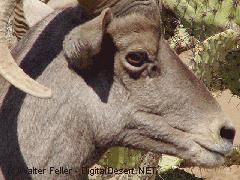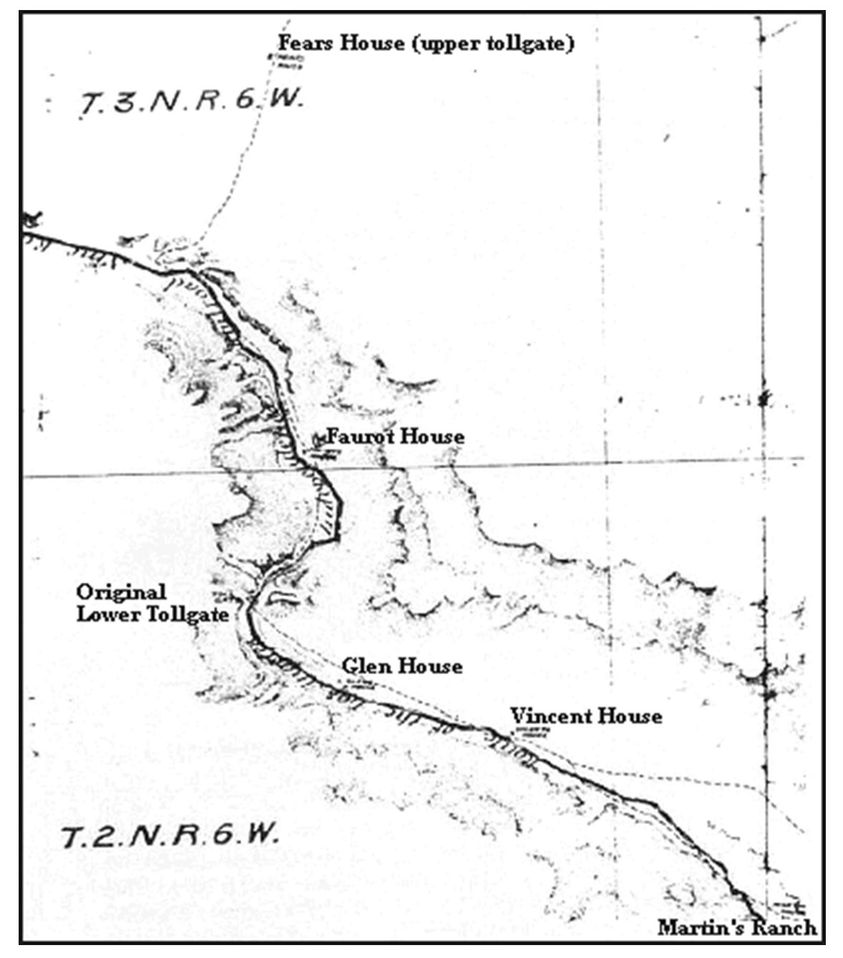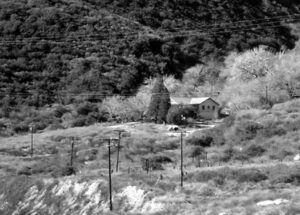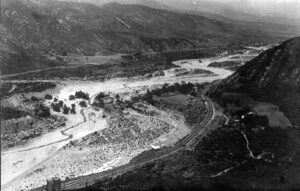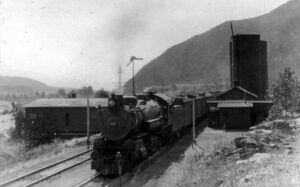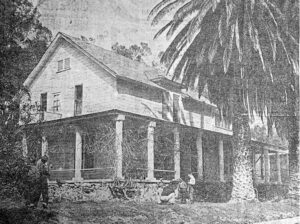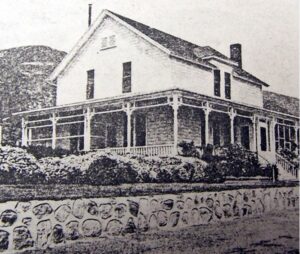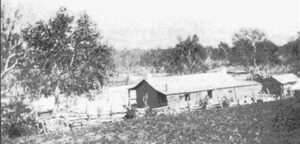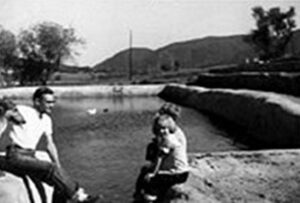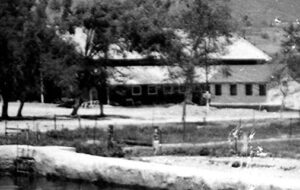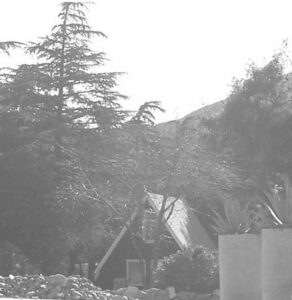The way our language changes, develops, and reaches back fascinates me. Those animals had to be called something before proper names were defined and decided upon. So probably before Ovis canadensis was made legitimate, at least three common people commonly agreed to call what was then called an Argali, a bighorn sheep, an Argali is what it may have commonly been called.
From; A Pictorial History of California – Frost 1851
The Argali Ovis Moritanoe is found in California, sometimes called the Rocky Mountain Sheep.
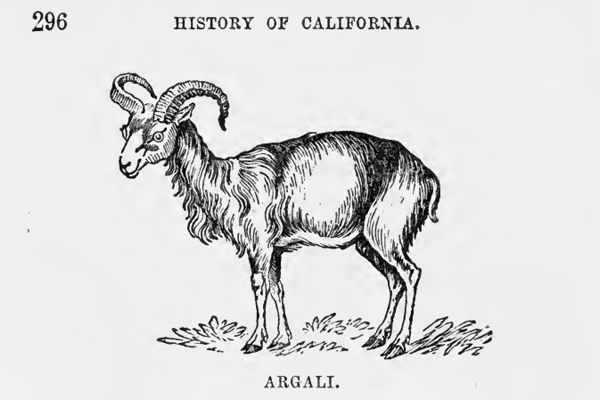
By some, the goat of the Rocky Mountains has been confounded with this animal; and it has also been called an antelope, though it is neither the one nor the other, but truly and properly a goat. The characters of this species, or probably variety (for it really seems that, notwithstanding all the diversities of the genus (his, whether in the wild or the cultivated state, there is no well-made out distinction broader than that of variety,) are very apparent and at once prevent any possibility of confounding it either with the antelopes or the goats, though of course, as all sheep do, it approximates more closely to the latter of these than to the former. The body is remarkable for its thickness and roundness in proportion to its length; the legs are very long; the outline of the forehead, seen in profile, is nearly straight; and the muzzle is almost exactly that of the common sheep.
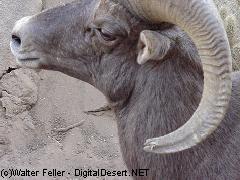
The male’s horns are thick and large; they advance in front of the eyes and form nearly an entire spiral turn. They are flattened laterally like the domestic ram and have similar transverse furrows and ridges. These furrows and ridges are very conspicuous on the basal half of the length of the horn, but much less so on the terminal half, and of the three lateral faces, the front one is the largest.
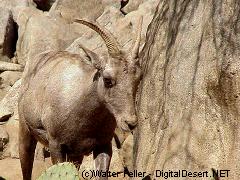
The horns of the female are much more slender than those of the male; they are compressed, nearly straight, and without furrows; there are, in some instances, plates or folds of skin under the throat, especially in the male; the tail is very short in both sexes; the color in summer is generally grayish fawn, with a reddish or yellowish line down the back, and a large patch of the same color -on the buttocks; and the under part, and the insides of the legs are either russet, yellowish, or of a white sand color; in winter, the color of the upper part is more reddish, and the throat and breast are more inclining to white; but the patch on the buttocks remains much the same at all seasons.
These animals are found in little flocks, of about twenty or thirty in each, on the Rocky Mountains and extending southward as far as California. Several naturalists have expressed their conviction that the mouflon of the south of Europe, the Argali of Asia, and the wild sheep of America, are only climatal varieties of one great species, to which they have given the name of “mountain sheep;” but whether this is or is not positively the fact, we have no means of ascertain ing. Probability is in favor of it, however, and the more so that, among the domesticated sheep, which we have every reason to believe are all originally of the same stock, whatever that stock may have been, there are differences of external appearance fully greater than any which are to be met with among the wild ones; and we believe that, in the whole genus, there are no differences but external ones. Some further confusion and uncertainty are produced among these wild sheep by the conduct of the keepers of museums, who have filled these with horns and other scraps, not having any history, and which have, in consequence, been referred to places where they are not to be found. However, the great puzzle in the history of this genus is the proneness which has to break into varieties, not only in different countries but in the same country and even in the same flock. However, the other two species or varieties are worthy of notice, even though they do not settle, or tend to settle, the question of common origin.
